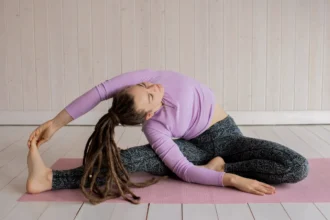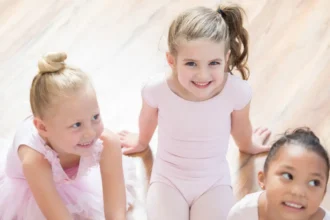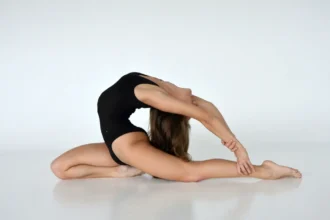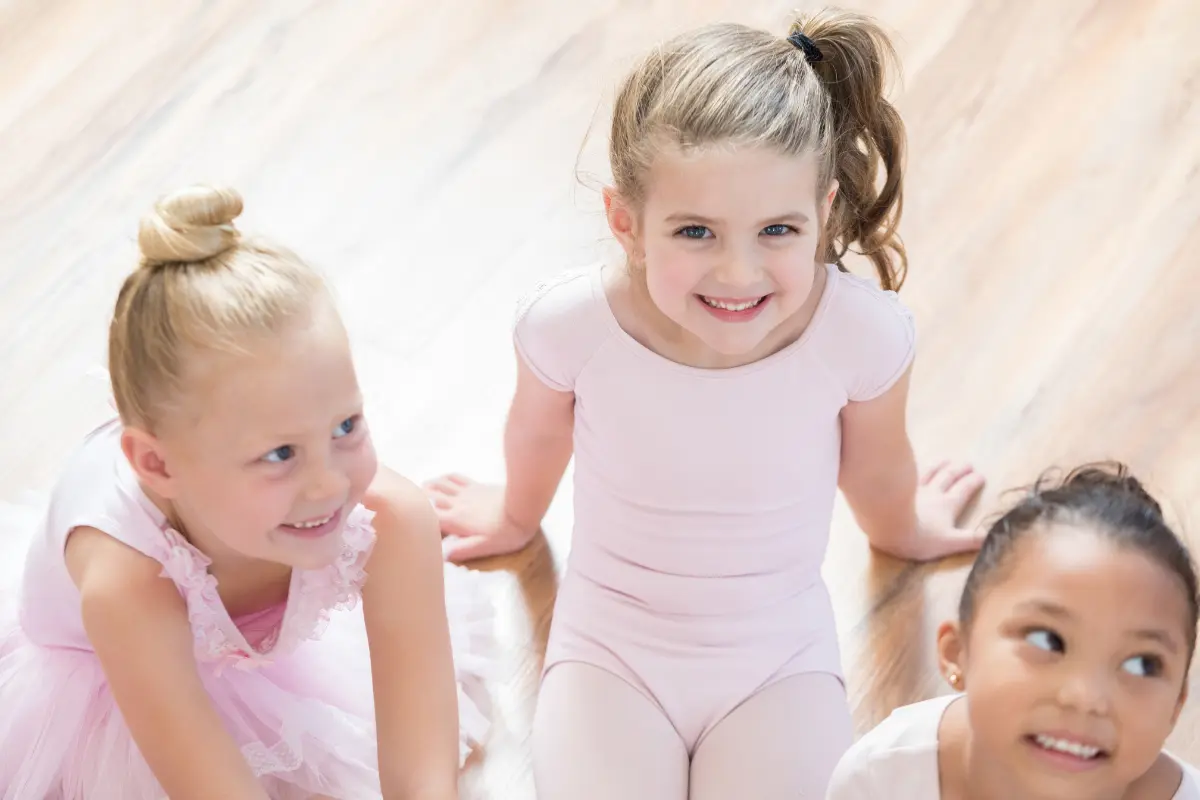Many parents find themselves weighing the benefits of dance and gymnastics when it comes to introducing their toddlers to a fun, structured activity. Both options can help children develop coordination, social skills, and confidence. But how do you pick one over the other?
In addition to the usual considerations—like cost, location, and your child’s interests—some parents have specific concerns about safety, attire, and long-term benefits.
One father on Reddit recently shared that his first-grade daughter was inspired by friends who seemed equally talented in dance and gymnastics, and she’s now eager to try both. He’s been torn between signing her up for classes or encouraging her to keep practicing at home.
While he wants to support her newfound passion, he also worries about potentially revealing dance outfits and the possibility of severe injuries in gymnastics. Balancing a child’s excitement with a parent’s instinct to protect isn’t always easy!
The Appeal of Dance and Gymnastics
Dance and gymnastics both teach children how to move their bodies with intention, but they do it in very different ways.
If your toddler can’t help but move when music plays, dance may be the natural first pick. Early childhood dance classes emphasize rhythm, balance, and creative expression. Toddlers might pretend to be butterflies, tiptoe through imaginary snow, or wave colorful scarves in time with the beat. It’s imaginative, often gentler in pace, and perfect for building musicality and emotional expression.
On the other hand, if your child is climbing furniture like it’s a jungle gym, gymnastics might be a better outlet. Preschool gymnastics classes are designed with padded mats, low beams, and fun obstacle courses that teach rolling, jumping, stretching, and climbing in a safe environment. Gymnastics is great for coordination, spatial awareness, and full-body strength.
So, what’s not to love? For this Reddit dad—and many others—the hesitation wasn’t about fun. It was about the realities that often go unspoken.
Addressing Outfit Concerns in Dance (and Gymnastics)
One of the father’s biggest concerns about dance had to do with the clothing. Leotards, tights, and tutus are common in young girls’ dance classes—and sometimes parents feel those outfits are too mature or revealing for their children.
It’s a valid concern, but one that benefits from added perspective. Several Reddit commenters noted that tight-fitting attire is standard in both dance and gymnastics, primarily for safety and instructional clarity. Loose clothing can pose tripping hazards or become caught on equipment, and instructors often need to see a child’s posture and alignment to offer effective guidance and prevent injury.
That said, parents do have options. Many studios permit alternatives such as fitted tops and leggings, or modest dance dresses with attached shorts, particularly for younger children. When in doubt, parents should contact the studio directly. Instructors who are experienced with toddlers will typically be flexible and willing to accommodate attire preferences that help each child feel both safe and confident.
Gymnastics and Safety: What Are the Real Risks?
On the gymnastics side, the dad’s primary fear was more extreme: injury. Serious injury. He mentioned the dreaded worst-case scenario—paralysis.
Community members on Reddit pointed out that severe injuries like paralysis are extremely rare—particularly in well-structured, age-appropriate beginner classes. Most toddler-level gymnastics programs are thoughtfully designed with young children in mind, incorporating low-to-the-ground activities, padded surfaces, and gentle skill progressions that prioritize safety.
Certified instructors who are trained in proper spotting techniques and equipment use play a crucial role in minimizing risk. Parents concerned about injury are encouraged to inquire about a gym’s safety protocols. Key indicators of a safe program include small class sizes, cushioned flooring, and instructors who proactively guide and correct movements.
Observing a class in person can also help reassure parents by offering a firsthand look at how staff supervise and support young participants.
Why Not Try Both? (Or Something In-Between)
Many parents echoed the same idea: You don’t have to choose right away. Let your child try a few dance and gymnastics classes. See what they gravitate toward. A trial class or short-term program can offer clarity—and sometimes, surprising insight into what excites your child most.
One Reddit commenter shared that their daughter loved the grace of dance but couldn’t get enough of cartwheels. They ended up signing her up for acro dance, a hybrid that blends choreography with tumbling skills. Others suggested cheerleading, which incorporates rhythm, teamwork, and stunting—perfect for kids who can’t choose between jumping and twirling.
There’s no rush to specialize. This stage is about exploration.
Things to Consider (That Aren’t in the Brochure)
Here are some softer, often-overlooked factors that can help you decide where to start:
1. Your Child’s Temperament:
Is your child shy or slow to warm up? A small, gentle dance class might feel more comfortable. These classes often include pretend play, music, and simple movements that don’t feel too overwhelming.
If your child is a ball of energy who loves to jump, climb, and tumble, gymnastics might be a better fit. It’s fast-paced, exciting, and lets them explore their physical limits in a safe way.
2. The Right Instructor
A great teacher can make your child fall in love with class. Look for instructors who are patient, playful, and love working with young kids. Some Reddit parents shared how the right teacher made even nervous toddlers feel confident and excited.
3. The Studio’s Vibe
Every program is a little different. Some places are all about competition and perfect routines—even for very young kids. Others focus more on fun, learning, and encouragement. Parents on Reddit warned about “toxic” or high-pressure environments, but also shared how welcoming programs helped their kids thrive. Visiting a class or talking to other parents can give you a feel for what the studio is really like.
4. How You Feel as a Parent
Your comfort matters too. If you’re uneasy about something—like how a class is run, the outfits, or the safety—it’s okay to ask questions or keep looking. Several parents on Reddit said they felt better once they talked to instructors, watched a class, or got to know the program’s values. When parents feel confident, kids usually do too.
Final Thoughts: Pick the Joy, Not Just the “Right” Answer
The most important part? It should be fun. At this age, the goal isn’t to build a resume—it’s to build confidence, movement skills, and a lifelong love of being active.
So try the class. Talk to the coach. Watch your toddler light up as they jump, spin, or tiptoe across the floor. You’ll know you’ve made the right move when they come running out with flushed cheeks and a smile that says it all.





